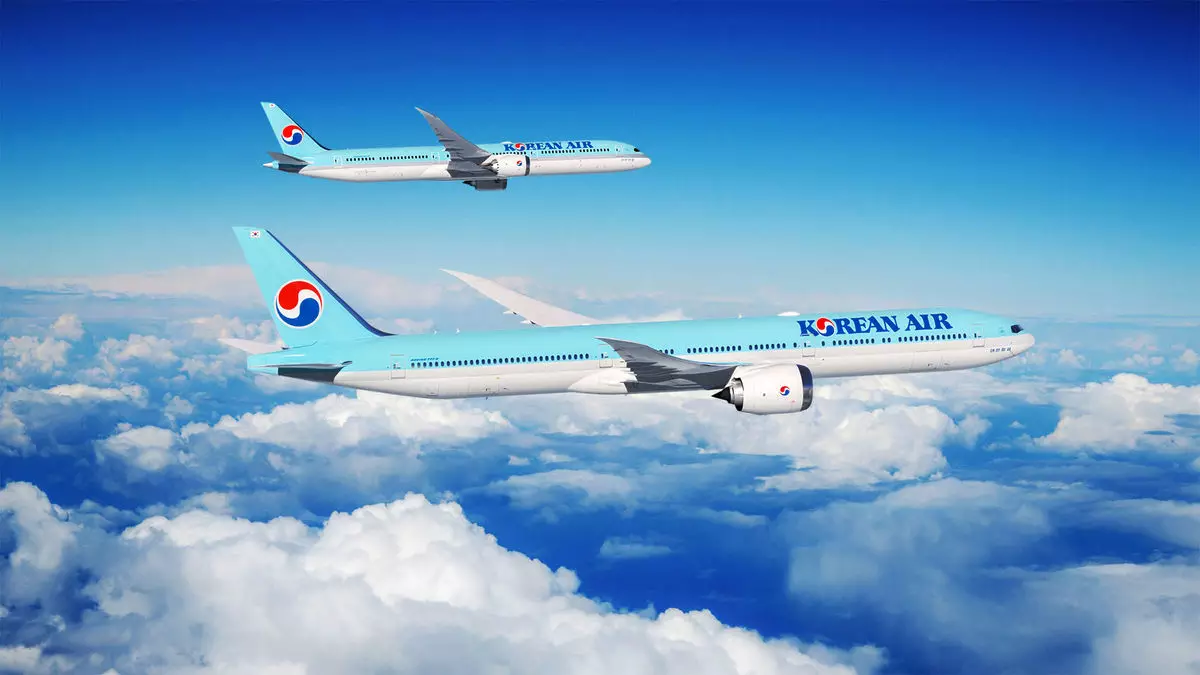In a significant move, Korean Air has recently announced its decision to acquire 50 brand new Boeing widebody aircraft. This acquisition includes 20 Boeing 777-9 aircraft, 20 Boeing 787-10s, with an option for an additional 10 787-10s. The implications of this purchase are substantial, particularly in light of Korean Air’s planned merger with Asiana Airlines. The new fleet’s capacity for long-haul flights to key destinations in North America and Europe is expected to be a driving factor in the post-merger operations.
Anticipated Regulatory Approval and Fleet Deployment
While the complete value of the deal has not been publicly disclosed, Korean Air is eagerly awaiting the final approval from the U.S., the only remaining regulatory authority needed to greenlight the merger. Korean Air’s CEO, Walter Cho, expressed confidence in gaining approval by October of this year. In a recent announcement, Korean Air revealed the scheduled delivery of its first Boeing 787-10 Dreamliner. The aircraft will make its inaugural flight on the Seoul Incheon-Tokyo Narita route on July 25th. This new addition to the fleet will also introduce the carrier’s innovative Prestige Suites 2.0 business class.
Revolutionizing the In-Flight Experience
The introduction of the Prestige Suites 2.0 business class signifies a shift towards enhancing passenger comfort and luxury. Each of the 36 Prestige seats comes equipped with aisle access, independent positioning, and a fully reclining bed feature. The length of the seat has been extended to 78 inches with a generous seat pitch of 46 inches and width of 21 inches. Passengers can enjoy dedicated compartments for personal items, fast USB-C charging capabilities, and wireless charging functionalities. On the other hand, the economy class features 289 seats in a 3-3-3 configuration, providing a recline of up to 120 degrees, a seat pitch of 32 inches, and a width of 17.2 inches. Both classes offer high-resolution 4K monitors, with Prestige passengers benefiting from 24-inch screens and Bluetooth audio support, while economy passengers are provided with 12-inch monitors.
Korean Air’s latest fleet acquisition and the introduction of new premium business class offerings signify a strategic shift towards modernizing its services, enhancing passenger experience, and solidifying its market position in the global aviation industry. With pending regulatory approvals and the imminent deployment of its new aircraft, Korean Air is poised for a transformative phase that will shape its future growth and success.

